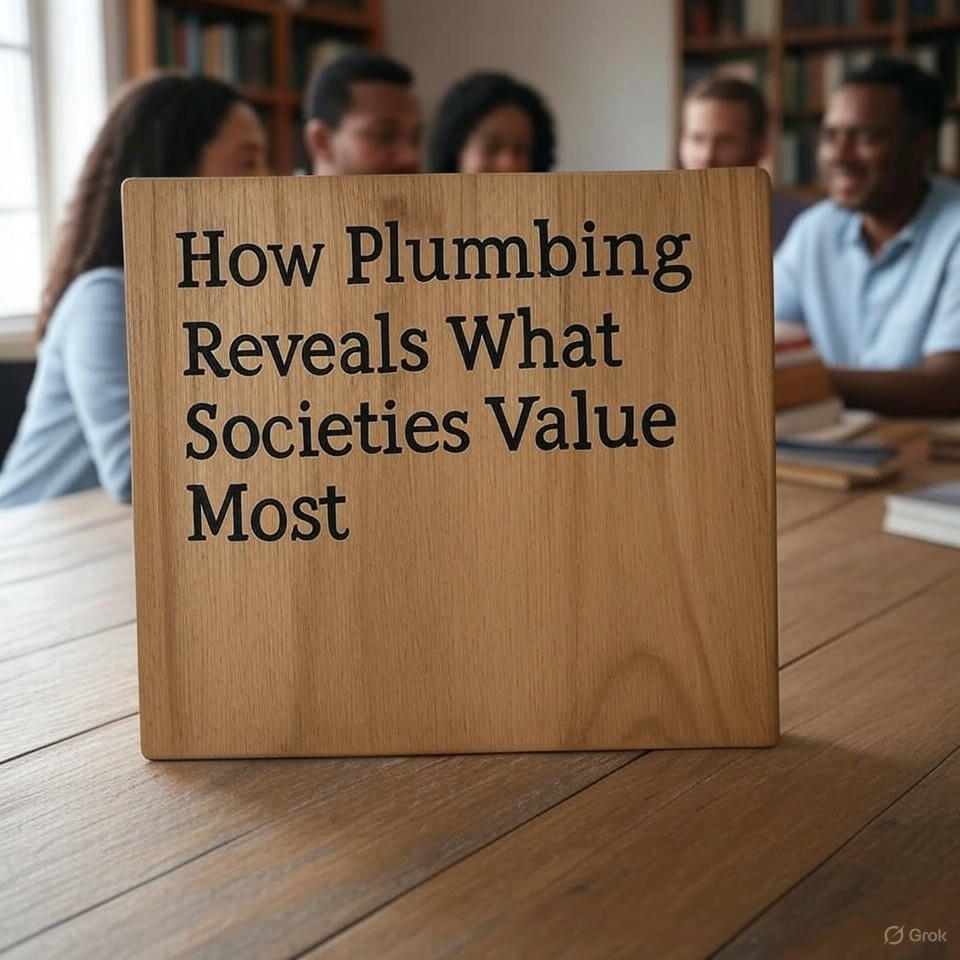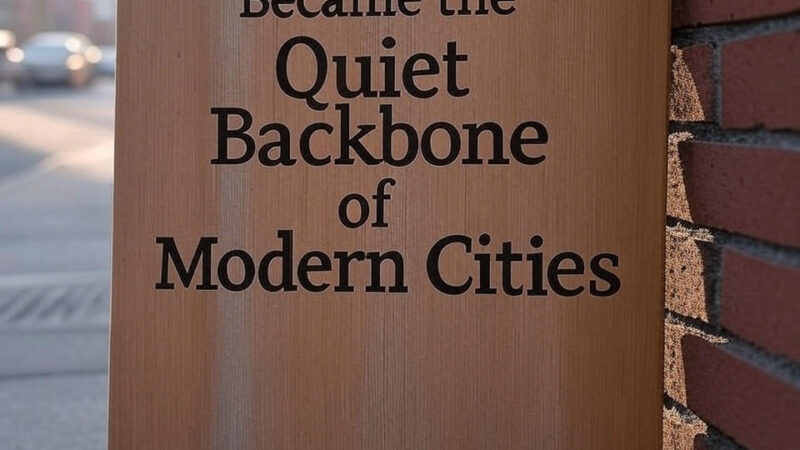Running Water, Cultural Currents: How Plumbing Reveals What Societies Value Most

At first glance, the sanitary installation is a practical matter – pipes, taps, toilets and drains. But there is a deeper narrative under this basic utility. How a company distributes water, arranges bathroom and maintains the waste lines, reveals what it is nice. A plumber essentially manages the arteries of a living, breathing community.
Historical findings: plumbing work through the age
Structured flow in early societies
Early urban centers such as the Indus Valley and the old Mesopotamia developed complicated drainage systems, whereby water management was not just about functions – it was civil law. In ancient Rome, aqueducts were not only miracles of the engineering miracle; They were explanations of power and status and wore clean water in public fountains and private baths.
Bathing houses in Roman cities were not hidden – they were public locations of the meeting. This setup shows that hygiene and community went hand in hand. In contrast, rural villages in medieval Europe had no access to such amenities, with hygiene becoming a luxury of the rich.
Plumber and the social leaders
Even when sanitary technology spread, access remained unequal. The palaces had an advanced drainage long before ordinary houses worked. Today, this inequality lives in unequal water pressure between districts or outdated systems in low -income districts. As then and now, plumbers often work along this invisible social upheaval line.
The private ritual: sanitary and personal limits
Loneliness in western house design
In many western houses, bathrooms are laid out as a private sanctuary. Thick doors, water -resistant partitions and separate toilets are the norm. This design philosophy increases the cultural idea that body care is deeply personal.
The work of a plumber in these houses must meet the need for isolation – SE and securing, distance and special devices. Even the decision to install dual sink in Master -Suites or guest toilets is based on this emphasis on personal space.
Collective rooms in eastern traditions
In contrast, parts of Asia, the Middle East and North Africa celebrate community hygiene. Public baths, foot washing areas and common water basins are common. These characteristics are not signs of neglect – they show different cultural priorities such as ritual cleanliness, social binding or spiritual symbolism.
For example, the separation of washing stations of toilet areas in many Muslim households combines with religious practice. A plumber who works in these regions has to think beyond convenience – you have to respect tradition.
Public access, private struggle: equity in water distribution
City landscapes and unequal development
The urban infrastructure may seem uniform, but a closer look shows cracks. Some districts benefit from improved highly efficient systems. Others rely on decaying whistles and outdated technology. These differences influence everything from water security to daily convenience.
A plumber who works in areas with high incomes can replace designer fittings. In older parts of the city, you can spend hours managing burst networks or rusted joints. Sanitary work becomes a window on how cities prioritize a population in front of another.
Rural sanitary institute as an inventory test
Beyond the city limits, houses and municipalities often design their own sanitary systems. Fountain, gravity feed tanks or small septic systems are handmade reactions to limited infrastructure. Here the sanitary reflects a spirit of innovation, but also a lack of institutional support.
The role of a plumber in these contexts often goes beyond the repair – they become part of the design and use local knowledge to move water in places where it often does not want to be.
Design by Dekret: Which sanitary codes reveal
Legal standards and cultural preferences
Each nation and region develops its own sanitary code, but these rules reflect more than science – they express collective priorities. In the United States, codes often require backflow prevention, closed waste systems and ventilation with high capacity. These emphasize control, hygiene and reliability.
In Scandinavian countries, sanitary codes can also prescribe Greywater recycling and signal ecological responsibility. These rules reflect on how every society brings modern convenience into harmony with environmental responsibility.
The plumber not only follows the rules, but also aligned the needs of a household with the values of a community.
Plumber in times of crisis
When emergencies strike – Floods, Pandemics or Dürren – Plumbing becomes an important front. Portable sinks, clean water supply and fast drain clearance can prevent the spread of diseases. The sanitary selection in response to a crises shows how quickly a society can act and who prioritizes it when the speed is most important.
Conclusion: Sanitary as a blueprint of faith
Pipes and drains may not be visible on city, but they shape the rhythms of life more than we see. The sanitary shows what a society holds sacred – privacy, hygiene, fairness, innovation or tradition.
Every tap that drips and every drain that deletes it not only tells about engineering, but also about people. And the plumber, often unduncated, is the one who flows these stories through walls, under streets and the heart of everyday life.
Frequently asked questions
1. How does the plumbing width all over the world differ? Each region adjusts the installation of the climate, culture and values. Some emphasize privacy, others prioritize municipal use or sustainability of ecological sustainability.
2. Why is the sanitary viewed as a cultural reflection? The layout of bathing rooms, water access and waste systems shows how companies appreciate cleanliness, community and resource exchange.
3. What role does a plumber play beyond repairs? Plumber help to design systems, ensure security and maintain public health standards. In many ways, they are guards of the invisible civic infrastructure.
4. Why are the sanitary materials important to understand? The selection of the material affects durability, security and costs. It also shows how much a region invests in long -term planning compared to fast corrections.





